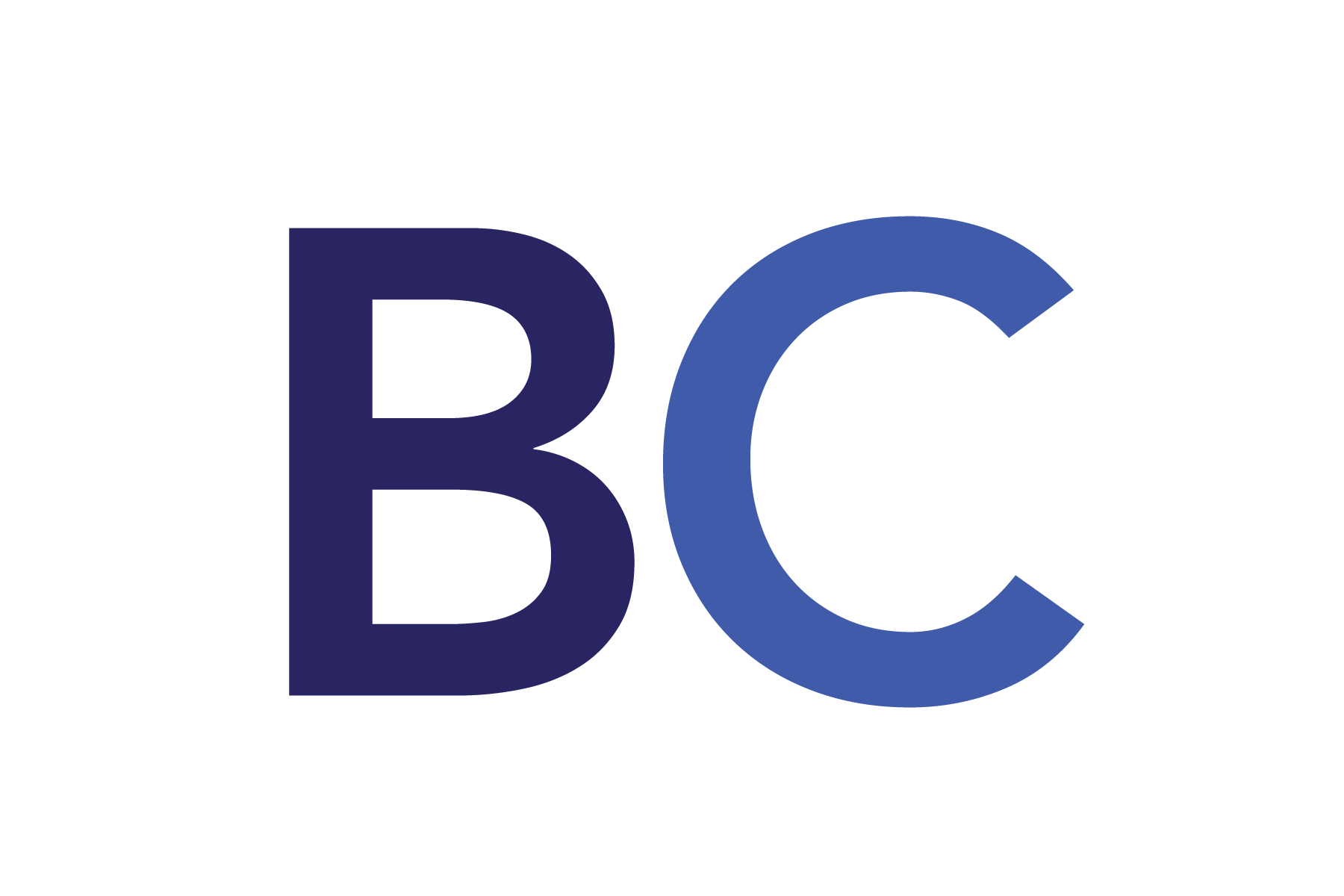Hardship withdrawals from a 401(k) are early distributions taken due to an immediate and heavy financial need. They allow participants to access funds without permanently terminating employment, but they come with strict rules and consequences. Here’s a concise breakdown:
Key Points:
Eligibility: Must show an “immediate and heavy” financial need that cannot be met through other resources.
Permitted Uses (examples): Medical expenses, Funeral costs, Tuition and educational fees, Payments to prevent foreclosure or eviction, Repair of damage to a primary residence, Purchase of a principal residence.
Tax Consequences:
Subject to ordinary income tax
May incur a 10% early withdrawal penalty if under age 59½ (unless an exception applies)
Withdrawal Limits:
Typically limited to the amount necessary to satisfy the need, including taxes and penalties.
Documentation Required:
Must demonstrate the need and confirm no alternative financial means are available.
No Repayment Option:
Unlike a 401(k) loan, hardship withdrawals do not get repaid—once withdrawn, that money is permanently removed from your retirement account.
#401kPlanning #RetirementSavings #HardshipWithdrawal #FinancialEducation #PersonalFinanceTips



